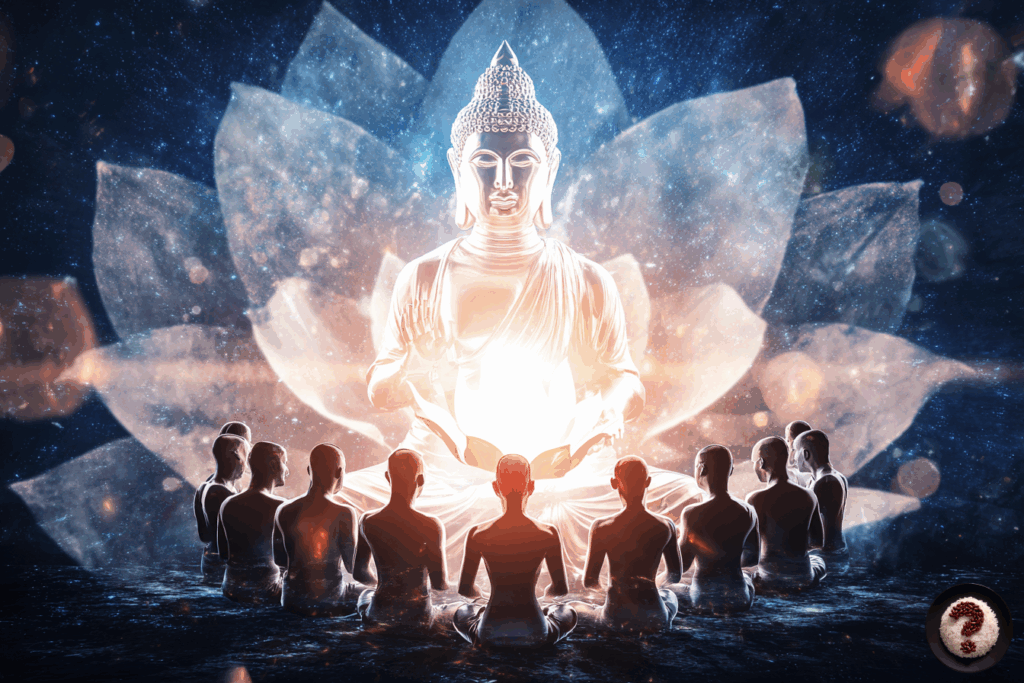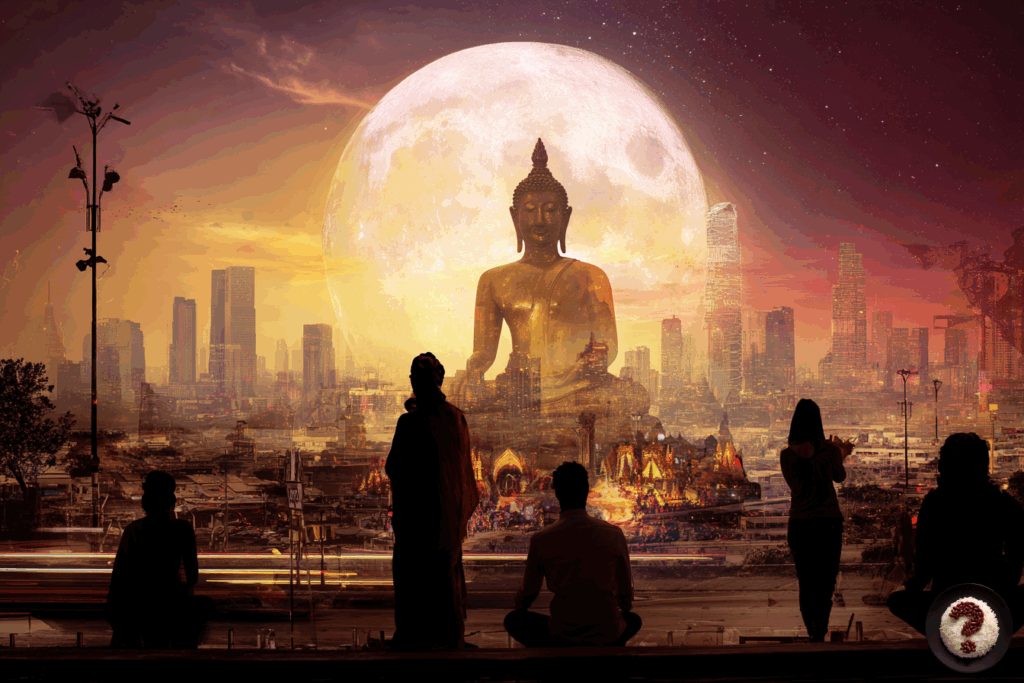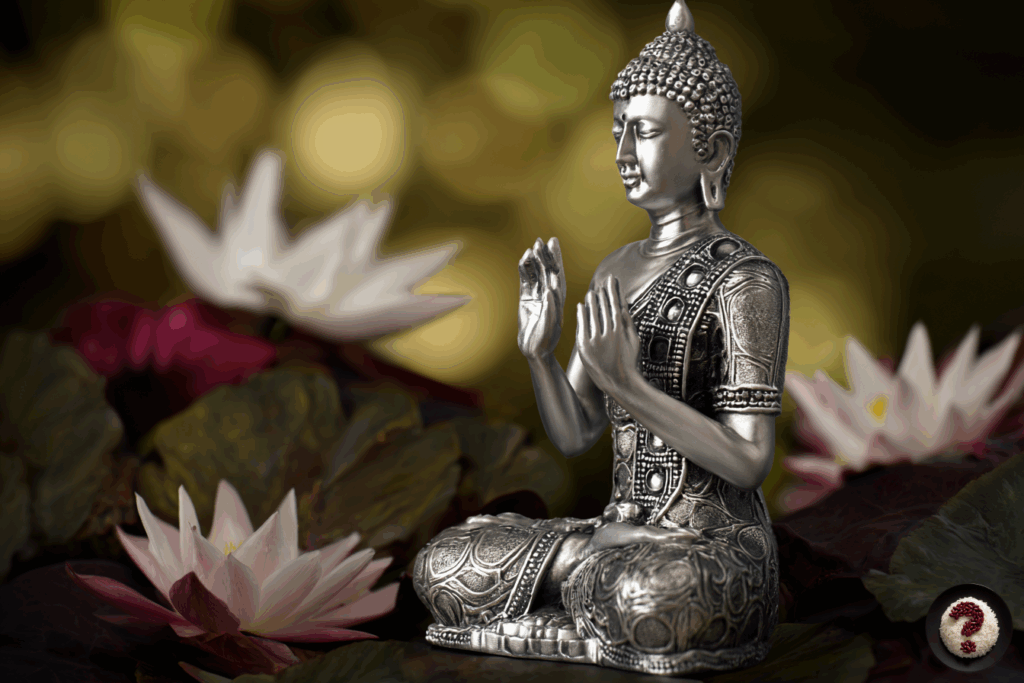
Buddha – 100 People Who Changed the World #2
Short Biography
Buddha, or Siddhartha Gautama, was born around 563 BC in Lumbini, located in present-day Nepal. The son of a prince, Siddhartha grew up surrounded by wealth and luxury from a young age. However, after encountering the harsh realities of illness, old age, and death outside the palace walls, he began to question the meaning of life. This inquiry would lead him to earn the globally known title of “Buddha,” or “The Enlightened One,” in his later years.
At the age of 29, Siddhartha left his palace and family to embark on a quest. His goal was to understand human suffering and find a way to end it. He studied with various teachers, practiced meditation and asceticism, but failed to find the ultimate answer in any of them.
This article is the 2nd part of our series, ‘100 People Who Changed the World’.

Key Contributions and Achievements
Buddha’s greatest contribution lies in his teachings, which explain the nature of suffering and show the path to liberation from it. The Four Noble Truths (Dukkha, Samudaya, Nirodha, Magga) form the basis of his philosophy. According to these teachings, suffering is inherent in life; the origin of suffering is desire; suffering ceases with the cessation of desire; and the Eightfold Noble Path must be followed to achieve this cessation.
One of Buddha’s achievements was making his teachings accessible not only to monks but also to common people. Through his words, Buddhism evolved from an elitist school of thought into a philosophy of life appealing to the masses. This ensured that his teachings spread from Asia to the world over centuries.

Impact on the World
Buddha’s teachings carry more than just a religious dimension. They have also created a profound impact on morality, social peace, and individual development. Today, millions of people are inspired by Buddha’s teachings to practice meditation and strive for a life based on compassion and tolerance.
Buddha’s influence is seen not only in Asia but also in the West. Since the 19th century, Western thinkers, writers, and psychologists have studied his ideas, contributing even to modern psychology. The origins of today’s popular personal development techniques, such as Mindfulness, can be traced back to Buddha’s meditation methods.

Interesting Facts
- Buddha statues are depicted with various hand gestures (mudras), and each gesture carries a different meaning.
- Legends tell that lotus flowers bloomed with every step Siddhartha took when he was born.
- Buddha is not regarded as a god or a divine being but as an ordinary human who achieved enlightenment.
- Buddha preached non-violence (ahimsa) and emphasized compassion towards all living beings.
- His teachings are used as a guide not only by Buddhists but also by people of different faiths today.

Conclusion
Throughout history, Buddha has been accepted not only as a religious figure but also as a thinker, teacher, and guide. His life demonstrates how a person can embark on a profound search for meaning in the face of suffering. His teachings continue to inspire millions of people today.
Buddha’s life and philosophy remind us of this: Happiness is found in inner peace, not in external wealth. For this reason, Buddha’s teachings continue to illuminate humanity today, just as they have for ages.
